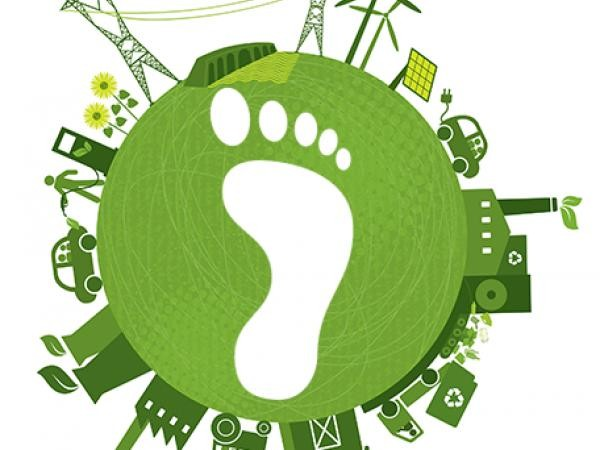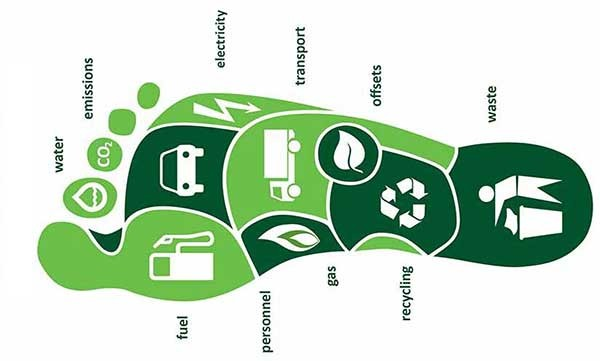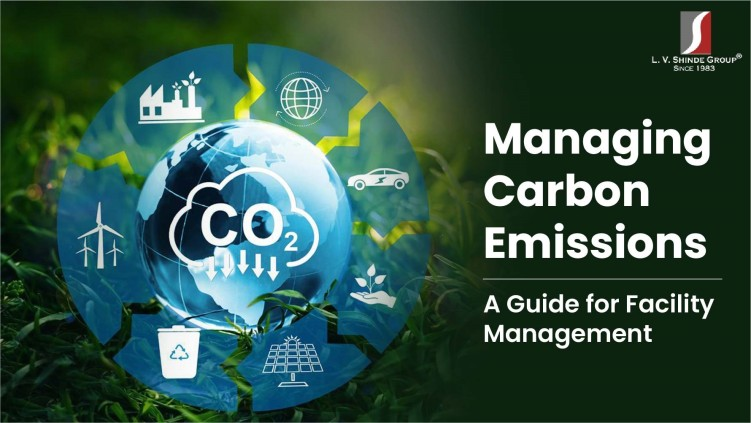Managing Carbon Emissions: A Guide for Facility Management
In a time when protecting the environment is of utmost importance, facility management is leading the charge to cut carbon emissions. In this blog post, we will examine the critical part facility management plays in cutting carbon emissions and offer a thorough primer on determining, reducing, and tracking carbon footprints.
Managing Facility Carbon Emissions
The first step in reducing carbon emissions effectively is to have a thorough understanding of the types and amounts of emissions that are produced during facility management. Energy use, travel, waste disposal, and construction methods all contribute to carbon emissions. Facility managers must begin with a carbon footprint analysis in order to make wise decisions.
Carbon Footprint Analysis for Your Facility

Step 1: Data Collection
Start by gathering data on the use of energy, building materials, transportation, and waste. A solid foundation of comprehensive data is needed for an accurate assessment.
Step 2: Determine the emissions
Utilizing industry-accepted emission factors, determine the carbon emissions for each category. Consider Scope 1, 2, and 3 emissions for a holistic view.
Step 3: Determine the Key Sources
Identify the main emissions sources located within your facility. Energy use, waste production, transportation, and construction are typical sources.
Step 4. Establish Baseline Metrics
For each emission source, establish baseline metrics. For upcoming cuts, this serves as a benchmark.
Significant Sources of Carbon Emissions
– Energy Consumption: A large portion of carbon emissions are caused by heating, cooling, lighting, and equipment use.
– Transportation: Emissions from employee commutes and business travel are significant.
– Waste Management: Waste destined for landfills and ineffective recycling techniques can produce a lot of emissions.
– Sustainable building practices: The design, building, and renovation decisions made for a facility have an impact on emissions.
Techniques for Cutting Carbon Emissions
Energy-saving measures
Utilize HVAC, lighting, and other equipment that is energy-efficient. Maintain your equipment regularly and spend money on energy-saving innovations.
Movement and Getting Around
Encourage green transportation strategies like carpooling and biking. Think about using an electric vehicle fleet for business travel.
Management of Waste
Improve the methods for recycling and waste separation. Using environmentally friendly purchasing methods, reduce waste production.
Sustainability in Building
Use environmentally friendly building materials and construction methods. Renovating for energy efficiency and renewable energy sources is something to think about.

Implementing and Monitoring Carbon Emission Reduction Initiatives
Plan for Implementation
Create a thorough carbon reduction strategy that is customized for your facility. Assign responsibilities and establish attainable benchmarks.
Observation and Reporting
Put in place real-time monitoring systems to monitor development. Inform stakeholders and staff members on emissions reductions on a regular basis.
Conclusion
Reducing carbon emissions in facility management is not just an environmental responsibility; it’s a strategic imperative. By understanding emissions sources, implementing sustainable practices, and continuously monitoring progress, facility managers can lead the way toward a greener, more sustainable future.
In Need of Services for Managing Facilities?
If you’re looking for a partner to help manage your facilities while minimizing your carbon footprint, Supreme Facility Management is here for you. Our commitment to sustainability, efficiency, and excellence makes us the ideal choice for environmentally-conscious facility management.
Join us in creating a cleaner, greener world.
LinkedIn Link


